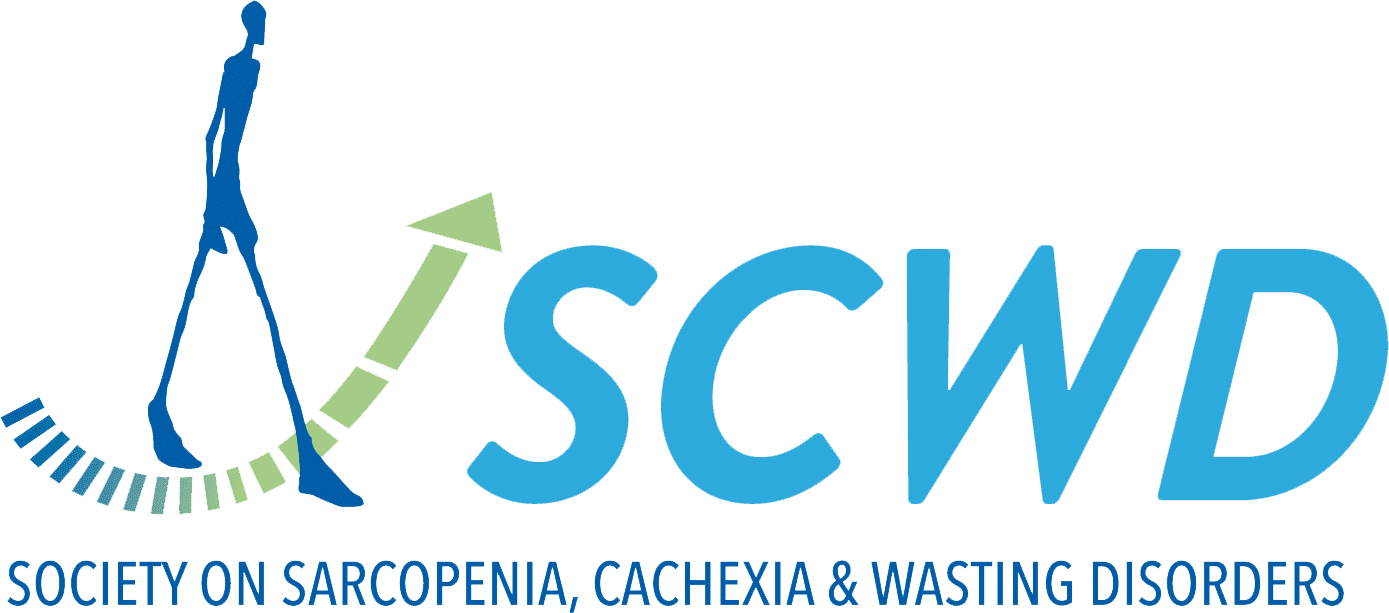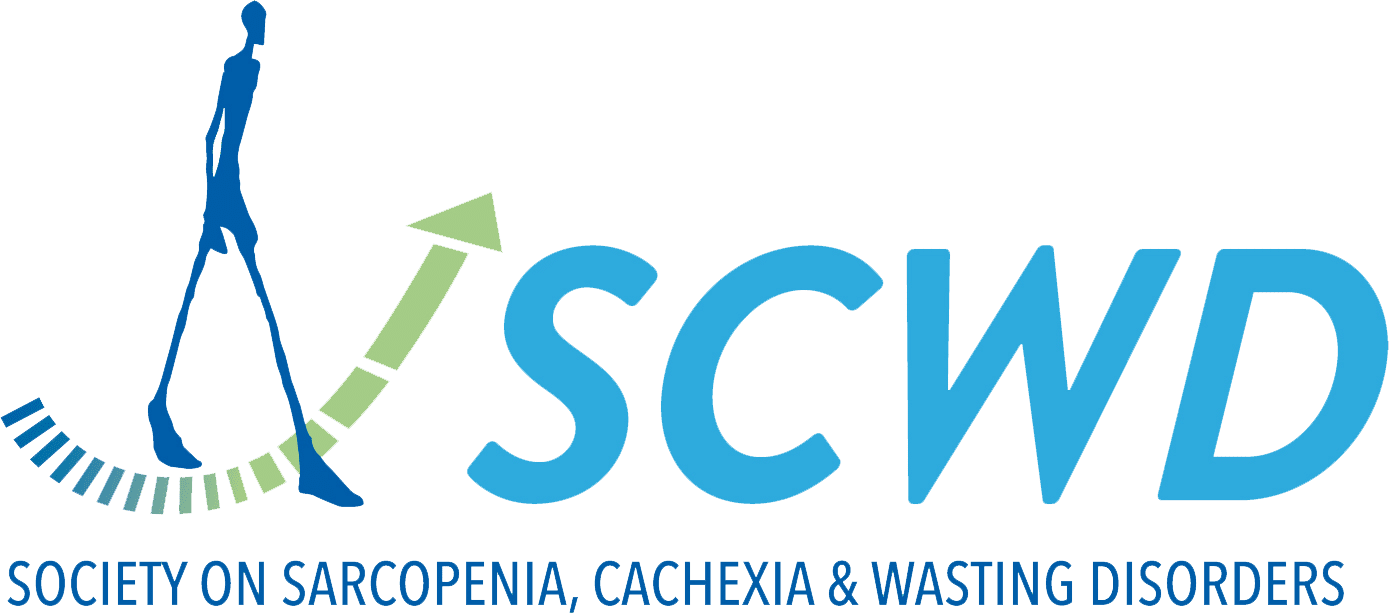The Impact of Radiation Dose on CT-Based Body Composition Analysis: A Large-Animal Study.
CT-based body composition analysis (BCA) enables the extraction of biomarkers from routine CT data. The influence of body composition on the prognosis of different patient groups has been highlighted in recent years. Typically, the segmentation of muscle and fat compartments...


